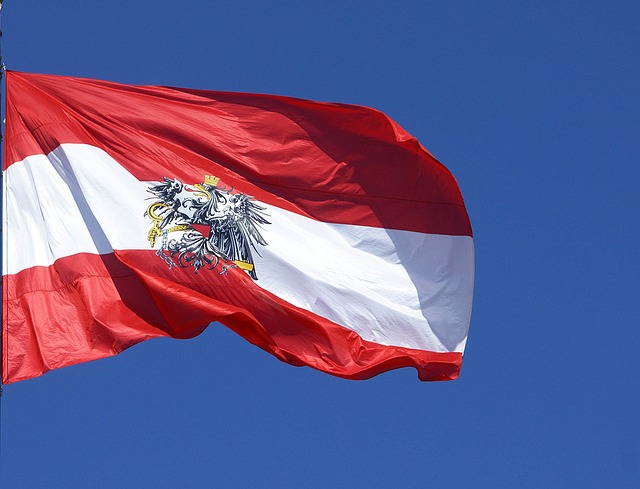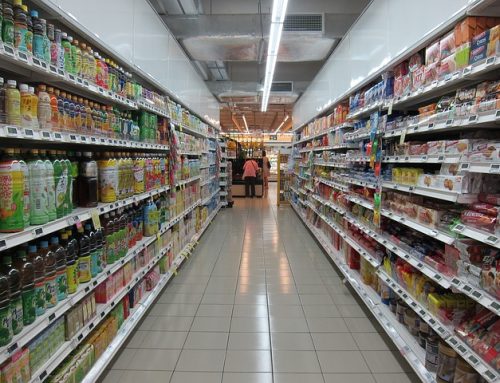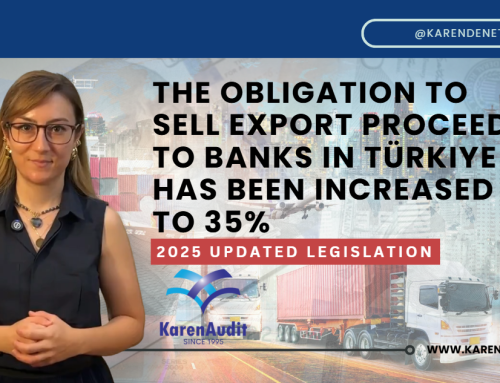February 15, 2023
UniCredit Bank Austria Industry Report: Metal goods production in Austria remains on growth track
- Competitive metal goods production industry consolidates international growth advantage over three year period
- Sales in sector up 12% in 2022 to EUR 23 billion but cost pressure increased significantly
- Metal goods production set to lose momentum in 2023 but should close the year on a positive
- Decline in demand from construction industry likely to be offset by demand in industrial sector
- Positive outlook: Competitive strength secures sector’s long-term growth advantage and export surpluses, of around EUR 3 billion in 2022
Viewed over the long term, the strong metal goods production sector in Austria is outstripping the growth of its EU competitors and has consolidated its growth advantage over the last three economically challenging years. Between 2019 and 2022, production output increased by an average of 9% per year, compared to the EU average of 0.4%. “The excellent performance of the metal goods production sector in Austria can be attributed to the fact that the sector benefits from the strong competitive position enjoyed internationally by certain high profile leading companies, and to the close supply chain links with industrial growth drivers both in Austria and abroad”, says UniCredit Bank Austria Economist Günter Wolf.
Sales in sector up by around 12% to EUR 23 billion
Following strong growth in the 2021 financial year, with sales up by 28%, the metal goods production sector lost momentum in the course of 2022. The interim average annual increase in production in the sector was still just under 8% percent, and sales in the sector were up 12% to around EUR 23 billion.
At trade level, industrial suppliers reported above-average sales growth of around 20% in September 2022 (the most recent available data). This applies primarily to manufacturers of forged parts, turned parts and surface finishes. Producers of boilers and radiators also posted a very strong financial year, driven by the sharp increase in expenditure on building renovations. Growth in steelwork and the manufacture of fittings, tools and wire goods underperformed the sector average in 2022. The effects are being felt here of the increasingly weaker structural engineering economy — which directly and indirectly drives around 45% of total metal goods production sales.
Cost pressure worsened in 2022
Manufacturers of metal goods source more than half of their primary materials from the steel industry, which means that the sector’s profits are strongly dependent on steel price trends. Steel and metal price increases slowed during the course of 2022, but the average annual steel price in the Austrian wholesale trade was still around twice as much as in 2019, and electricity for commercial consumers cost between 13% and 40% more than in 2019 depending on the consumption volume. Furthermore, producer prices in the sector rose by only 16%, and profits are therefore likely to have come under greater pressure.
Metal goods production set to lose further momentum in 2023 but should end the year on a positive
Following the almost total stagnation of the metal goods economy in H2 2022, the majority of companies returned to optimism in their December assessments of the order situation and production expectations. The results of the economic survey do not yet point to a turnaround, but they do suggest continued growth momentum. Overall, the persistently high energy prices and the continuing weakness of the investment economy are dampening demand for metal goods, and it is therefore not possible to rule out a decline in production, at least over the next few months.
The sector should anticipate declining demand from the construction industry in the key sales markets. Around 70% of exports are destined for the EU construction sector, which is also the most important domestic steelwork customer. In contrast, demand for metal goods from the industrial sector is set to grow, albeit it slowly. In December 2022, the biggest customers of industry-adjacent metal goods manufacturers in the mechanical engineering, electrical engineering and the automotive industries were all still reporting an above-average order situation. Assuming that the economic uncertainties do not intensify, metal goods production is likely to see stronger demand from industrial capital goods manufacturers in the EU as early as Q2 2023.
Competitive sector with a positive outlook
The long-term growth advantage of the Austrian metal goods production industry over its EU competitors can be attributed in part to the strong competitive position of certain high-profile leading companies and to close supply chain links with, among others, industrial growth drivers such as the mechanical engineering, electrical engineering and automotive industries. The foreign trade successes of the metal goods production sector in Austria can also be attributed to the extensive range of products that are high quality by international standards. The metal goods export surpluses, which have risen almost continuously since around 1995, attest to the competitive strength of the sector. In 2022, the trade surplus was around EUR 3 billion. The biggest contributions to the export surplus last year were from fittings and other metal goods (around EUR 2.5 billion) and boilers (around EUR 900 million).
“The sector’s export successes are all the more notable given the high cost levels in the country and the fact that many goods categories within metal goods production have to battle strong price competition. Put simply, companies in certain lines of business have successfully specialised in high-quality niche areas and built up a stable market position”, concludes Wolf.
Source: UniCredit Bank Austria
Legal Notice: The information in this article is intended for information purposes only. It is not intended for professional information purposes specific to a person or an institution. Every institution has different requirements because of its own circumstances even though they bear a resemblance to each other. Consequently, it is your interest to consult on an expert before taking a decision based on information stated in this article and putting into practice. Neither Karen Audit nor related person or institutions are not responsible for any damages or losses that might occur in consequence of the use of the information in this article by private or formal, real or legal person and institutions.






